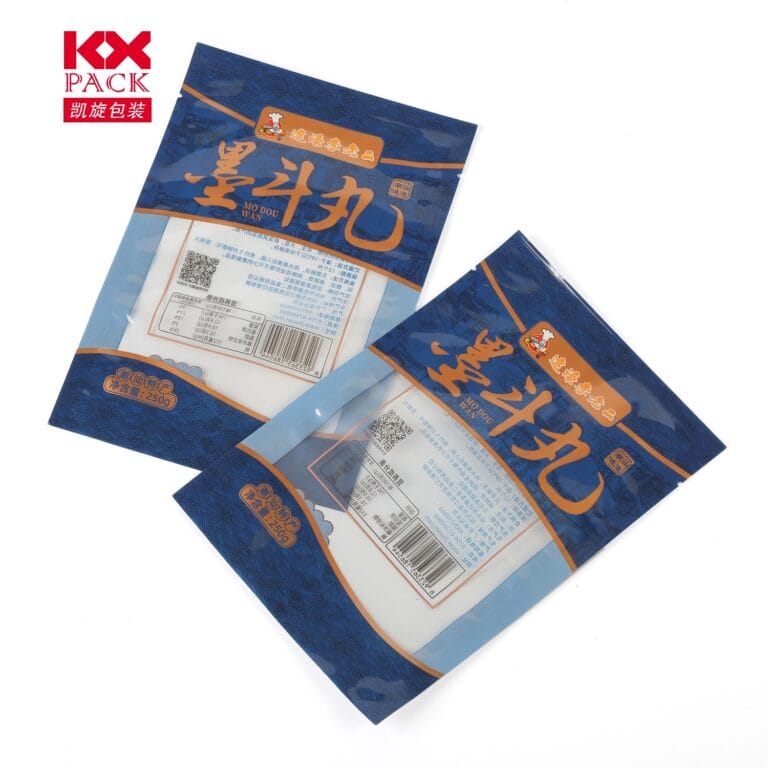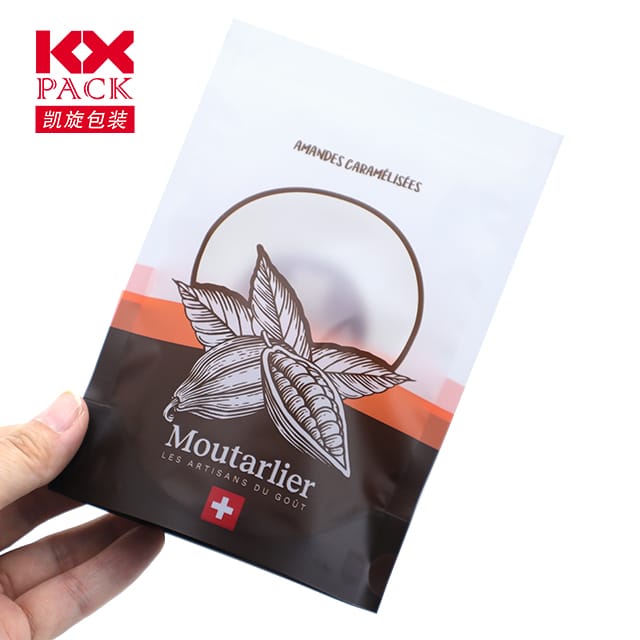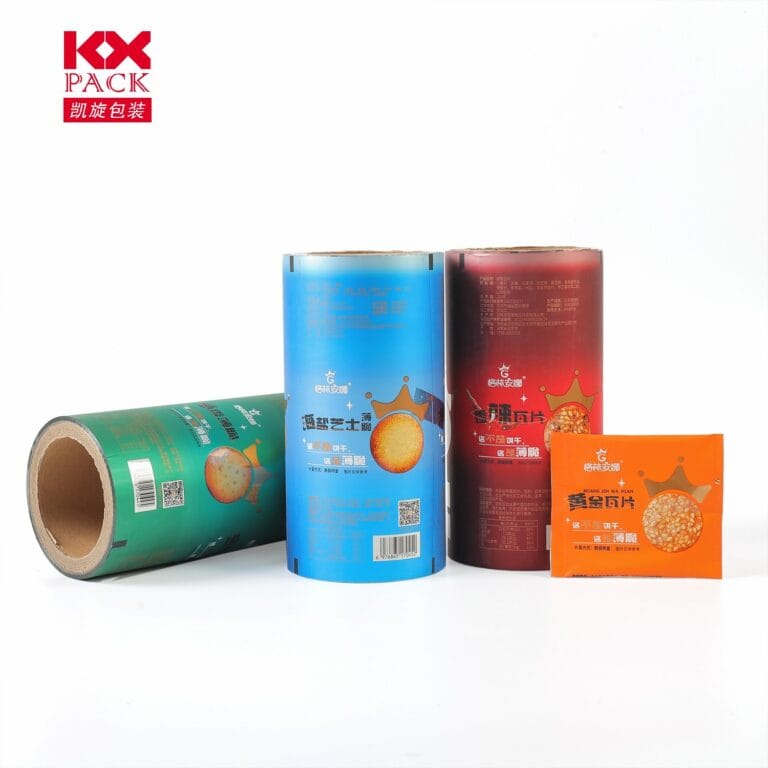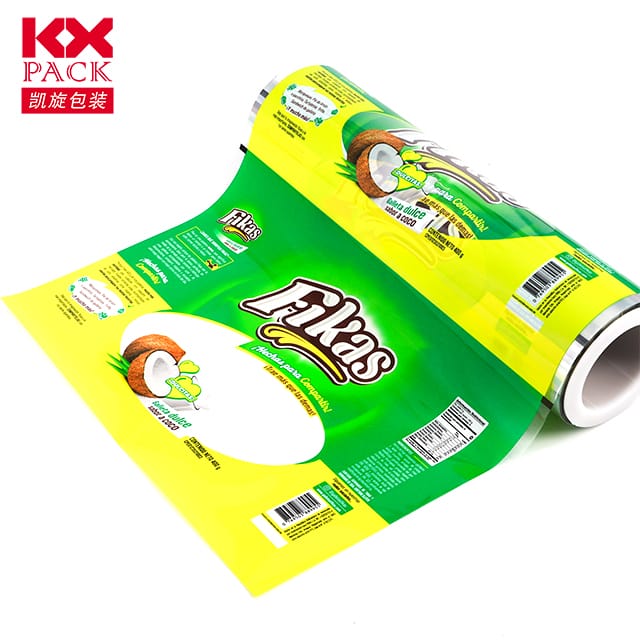Phim đóng gói nước gói: Người hùng thầm lặng về khả năng tiếp cận nước uống an toàn
Phim đóng gói nước gói
In many parts of the world, đặc biệt là ở những vùng có khả năng tiếp cận nước uống sạch hạn chế, sachet water has emerged as a lifeline. Những cái nhỏ này, có thể chi trả, và túi đựng nước di động—thường được bán bởi những người bán hàng rong và ở chợ địa phương—được đóng gói bằng chất liệu vừa quan trọng vừa không được đánh giá cao: Phim đóng gói nước gói. Hãy để giải nén khoa học, bền vững, and societal impact of this innovative packaging solution.
1. What is Sachet Water Packaging Film?
Phim đóng gói nước gói is a flexible, multi-layered material designed to preserve the purity and safety of drinking water. Typically composed of:
- Polyetylen (Thể dục): A durable, moisture-resistant layer that forms the outer shell.
- Polyester (THÚ CƯNG): Adds strength and prevents punctures during handling.
- Aluminum or EVOH Barrier Layers: Blocks oxygen, ánh sáng, và các chất gây ô nhiễm, kéo dài thời hạn sử dụng.
- Adhesive Laminates: Binds the layers together into a seamless, leak-proof structure.
This composite film ensures that water remains sterile until consumption, even in harsh environmental conditions.
2. Why Sachet Water Matters
In developing countries, Phim đóng gói nước gói (also called “pure water” in regions like West Africa) addresses a critical gap:
- Affordability: A single sachet often costs less than a penny, making clean water accessible to low-income populations.
- Portability: The lightweight, single-use format is ideal for on-the-go consumption, reducing the risk of waterborne diseases from unclean containers.
- Hygiene: Factory-sealed sachets eliminate the need for boiling or chemical treatment, offering instant safety.
According to the World Health Organization (WHO), sachet water has played a pivotal role in reducing diarrheal diseases in regions like Ghana, Nigeria, and Kenya.
3. The Science Behind the Film
Các Phim đóng gói nước gói’s design is a masterclass in material engineering:
- Thuộc tính rào cản: The aluminum or EVOH layer prevents UV light degradation and oxygen ingress, which can spur bacterial growth.
- Seal Integrity: Advanced heat-sealing technology ensures airtight closures, preventing leaks and contamination.
- Printability: Brands often print logos, safety certifications, and expiration dates directly onto the film, enhancing transparency and trust.
Manufacturers must adhere to strict regulatory standards (VÍ DỤ., FDA, EU food-grade certifications) to guarantee the film’s safety.
4. Sustainability Challenges and Innovations
While sachet water provides undeniable benefits, Bản chất sử dụng một lần của nó làm tăng mối quan tâm về môi trường. Millions of sachets end up in landfills or as litter, contributing to plastic pollution. Tuy nhiên, the industry is evolving:
- Phim phân hủy sinh học: Some companies are experimenting with PLA (Axit polylactic) or starch-based materials that decompose faster than traditional plastics.
- Recycling Initiatives: In cities like Accra and Lagos, NGOs and governments are promoting sachet collection programs to repurpose the film into items like paving blocks or furniture.
- Refillable Models: A few startups are testing reusable sachets with refill stations, balancing convenience with eco-friendliness.
5. The Future of Sachet Water Packaging
To ensure long-term sustainability, the industry must balance three pillars:
- Material Innovation: Developing affordable, compostable films without compromising safety.
- Giáo dục tiêu dùng: Encouraging proper disposal and recycling habits.
- Policy Support: Governments could incentivize eco-friendly packaging or impose taxes on non-recyclable sachets.
Technologies likewater-soluble films (which dissolve harmlessly in water) hoặcedible packaging (made from seaweed extracts) hold promise but require further R&D to meet cost and durability demands.
Phần kết luận: A Small Package, a Big Impact
Sachet water packaging film is a testament to how material science can transform public health. It has democratized access to clean water for millions, yet its environmental footprint demands urgent attention. As innovators and policymakers collaborate, the goal is clear: preserve the life-saving benefits of sachet water while minimizing its ecological harm.
The next time you see a street vendor selling sachet water, remember—that humble pouch represents a complex intersection of engineering, economics, và quản lý môi trường.
What are your thoughts on balancing accessibility and sustainability in sachet water packaging? Let’s discuss in the comments! 🌍💧






